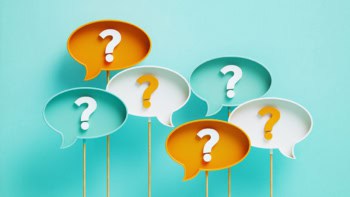
By Hamish Johnston

I had a fantastic day out yesterday at the National Physical Laboratory (NPL) on the outskirts of London.
The 20th of May is, of course, “World Metrology Day” and NPL bravely threw open its doors to the public, who could wander freely through many labs and chat to the researchers.
Well that was just heaven for me – lasers, vacuum chambers and enthusiastic physicists around every corner, and all the coffee and biscuits you could manage!
So what did I see? A caesium fountain atomic clock for example (right) – okay, the gubbins are covered, but at least you can see the size of the thing. I got to speak to Witold Chalupczak and Krzysztof Szymaniec, who built the clock and did a great job of explaining how it works.

When you think of Josephson junctions and metrology, magnetic field measurements probably spring to mind. However, the tiny superconductor-insulator-superconductor junction can also be used in devices for measuring DC and AC voltages. I learned that from Jonathan Williams (right) and Dale Henderson, who are using microwave guides made from 8192 tiny junctions to create voltage standards with quantum accuracy.
Jonathan was just about to leave for London, where he was being interviewed for BBC Radio’s Material World programme, which you can listen to here. Jonathan chips in about 22 minutes into the show.
It wasn’t all condensed-matter physics, by the way. Here’s a health physics question: What type of radiation is the biggest worry for those setting exposure levels for aircrews?
The answer is neutrons. Apparently there are lots of high-energy neutrons whizzing around up there, created by collisions between air molecules and particles from the Sun and the cosmos.
If such a neutron happens to smash into hydrogen or another light nucleus in your body, the nucleus will recoil as a high-energy charged particle that will cause damage to living cells.

That’s why Graeme Taylor (above left) and Neil Roberts (above right) have developed both hardware and software to work out how neutrons contribute to the overall dose received by aircrews. Between Graeme and Neil you can see their cylindrical detector, which spends much of its time on commercial airliners.

The scientists had great stories of trying to get their instrument on an airliner to coincide with a solar outburst, only to discover that the plane was in a hangar when the fireworks kicked off.
Graeme and Neil explained why crew flying over the poles tend to get higher doses than those flying over the equator. I also asked them if crews could exceed cumulative exposure guidelines when the sun comes out of its current lull in activity. Apparently it’s possible.
It wasn’t all fun and games for me at NPL. I sat down with several leading scientists to do formal interviews, which we will publish shortly. One interviewee was Michael de Podesta (right), who told me all about an extremely smooth copper sphere that he hopes to fill with sound and use as a temperature standard.
Michael also enthused about how he encourages adults to think about physics in his Protons for Breakfast programme. One of the highlights is the “gherkinator”, where he passes an electrical current through pickled cucumber until it glows. Sadly, I had to leave before Michael’s demonstration.



